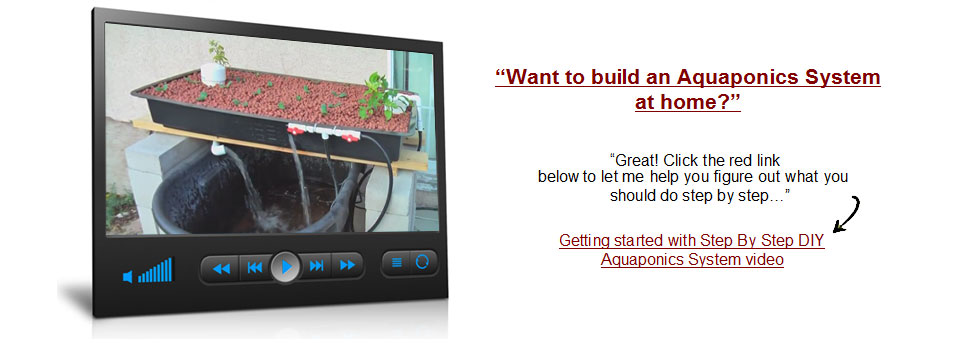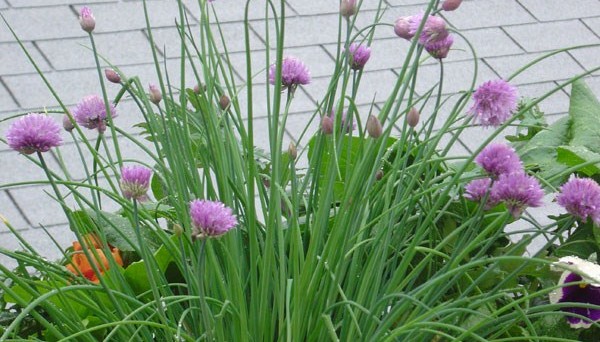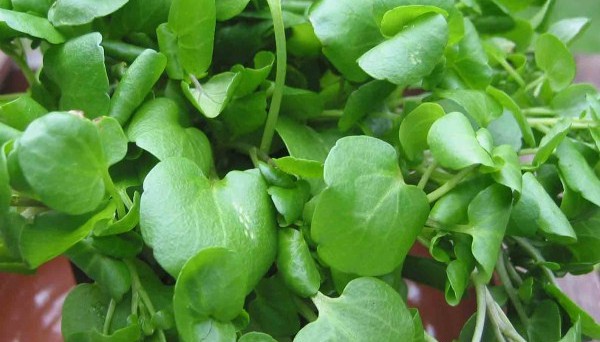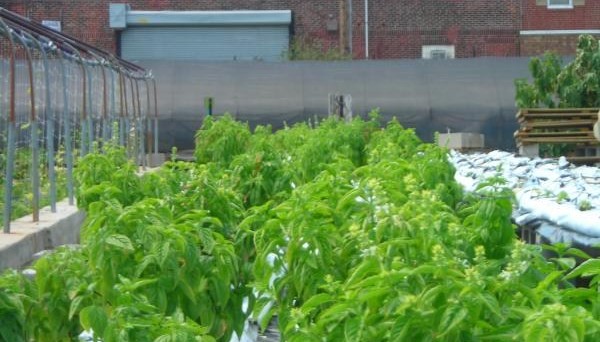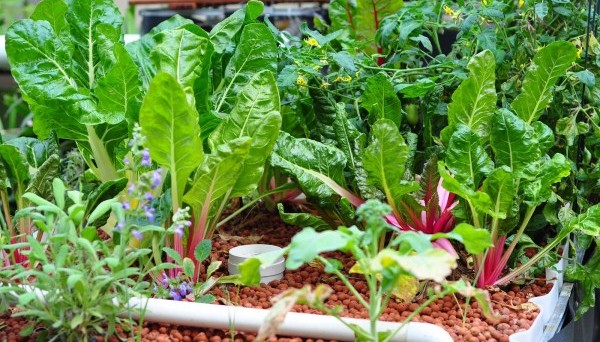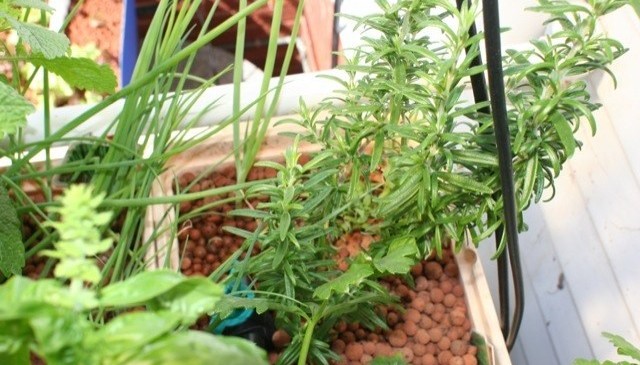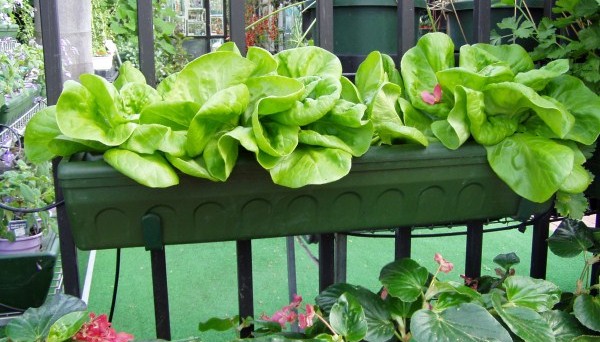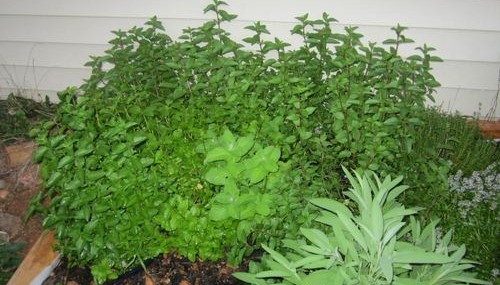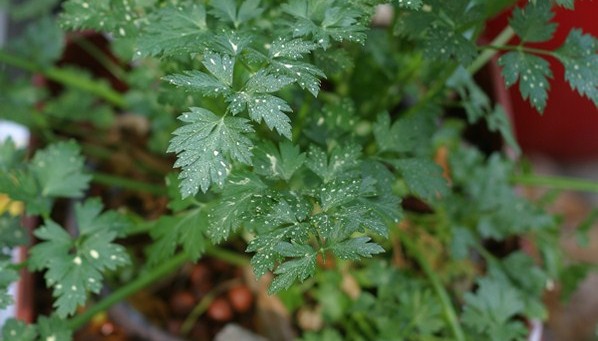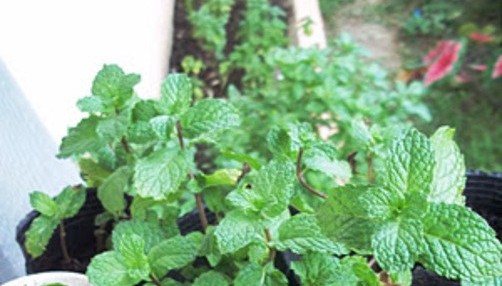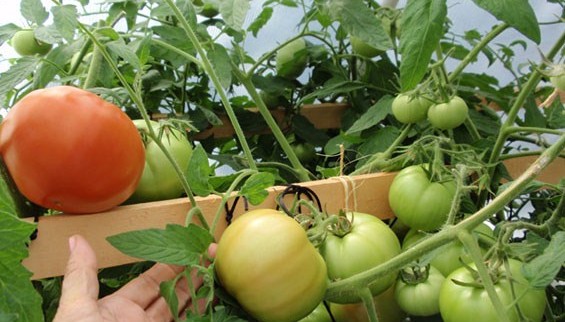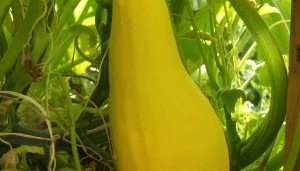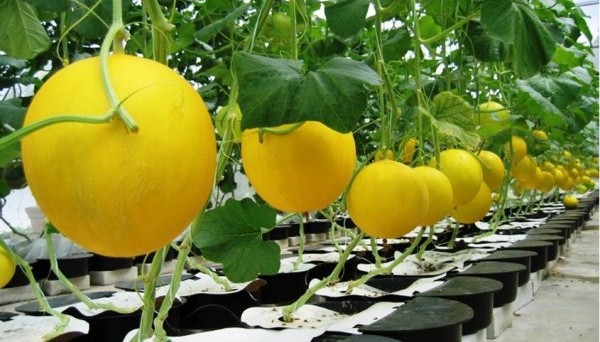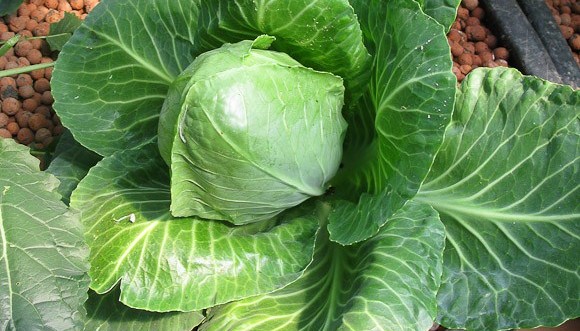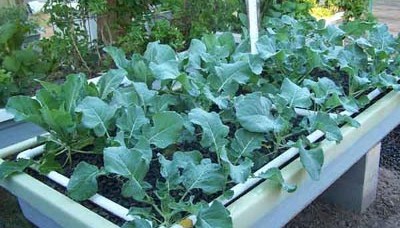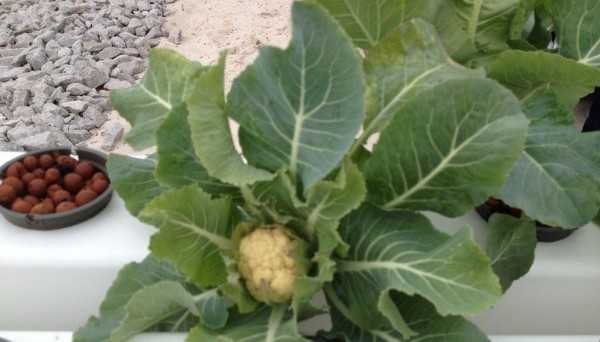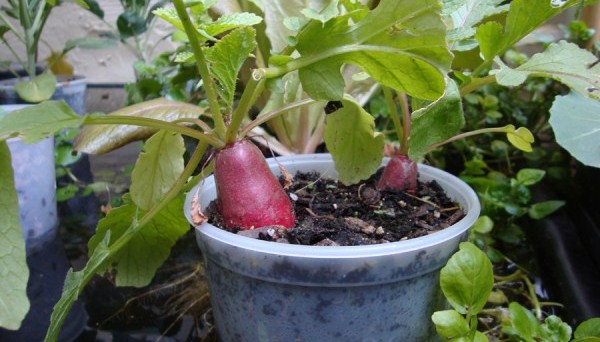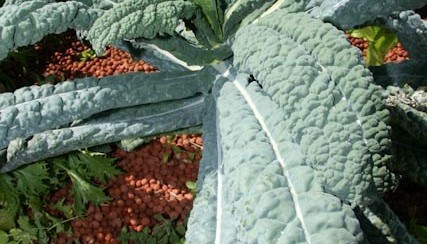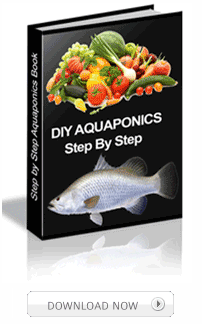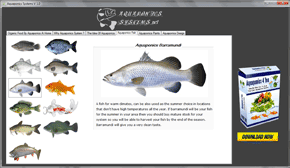
Aquaponic Farming and Plants Production
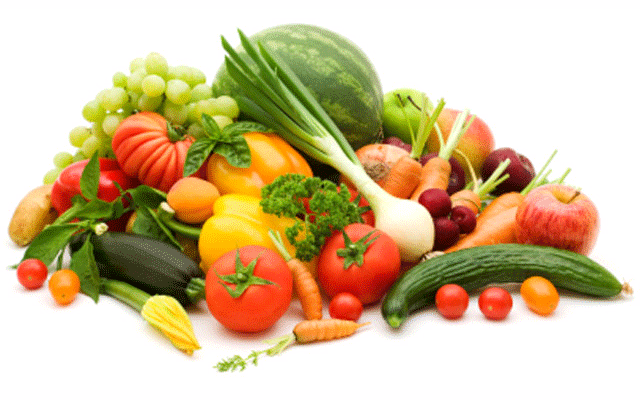
Aquaponics Plants Farming FAQ
What Are the Best Plants Kinds for Our Aquaponic?
OK, the answer is that almost all vegetables and herbs can fit well with the aquaponic farming. Some ways of growing will not do that well, let’s say that “the grow beds filled with media is the most successful way with the majority of the plants”.
Is Aquaponic Running Good Only With the Leafy Plants?
This is another myth about aquaponics, as you will discover from the following, you can grow almost every thing.
What About These Plants That We are Consuming Their Roots? Can We Cultivate Potatoes for Example, in Our Aquaponics Grow Beds?
Especially about potatoes we can say that they grow better inside soil, however they will not disappoint us in our system too. Beetroot are another root crop that really thrives in aquaponics system, growing huge sizes, if we give them the needed time. Carrots also do very good and they are the cleanest carrots you will ever eat cause of the lack of soil in their grow beds.
Can We Plant Seeds in Our Aquaponics System?
In order to plant a new system of grow beds we recommend to plant both seeds and seedlings. First spread the seeds over the grow bed and then plant the seedlings. To avoid problems in your grow bed you are supposed to wash off the soil that is covering the roots of your seedlings and then place them in their beds. The seedlings will be those that will grow faster as we can imagine, but until they are ready to be harvested, the seeds will be strong enough to appear, enjoy the light and grow rapidly.
What Are the Deficiencies of the Aquaponic Farming?
The issue of deficiencies is something common in all the ways of cultivating and we can face it in our aquaponics systems plants too. The seaweed extracts are usually used to cover the need of minerals that there is in our aquaponic grow beds. We have to keep in mind that these extracts come in different forms and we have to check them well before we put them in our system, because our system is not only the plants!
Any mistake can cause damage to our aquaponics fish and bacterial populations!
To avoid the risks for your fish and bacteria, the best solution is to use a high quality aquaculture feed for your fish that will provide the minerals to your system in the safest way.
How Fast Is the Growth of Our Aquaponics Plants Comparing With Traditional Farming or Hydroponics?
The growth of aquaponics plants is four times faster on some plants compared to growth rates in hydroponic systems. Also the advantage that plants in an aquaponics system have compared to soil cultivating plants is that the plants in aquaponics will never feel the need of water, not even during the hottest days of the year, thanks to the constant watering function of the system.
Below We Will Meet Some of the Vegetables that Are Loved By the Majority of Aquaponics Farmers and They Are the Basic Links in Aquaponic Food Production Chain
Lettuce, Spinach, Watercress, Chives, Basil, Rosemary, Sage, Parsley, and Mint
- The number one salad ingredient all around the world thrives as an aquaponics plant!
- We recommend to prefer the leafy variety and not the iceberg one, cause the first choice will give you the plant ready to harvest in forty days comparing with the ninety days of the second choice
- Lettuce needs the air temperature to be from (15.5°C, 60°F) to (26.7°C, 80°F)
- The water temperature on the other hand has to be from (21°C, 70°F) to (23.3°C, 74°F) We have to note here, that these are the same water temperatures that the fish Tilapia also prefers
- We can plant our lettuce either by planting the seeds directly into the grow bed, or use a seedling tray, wait our seedlings to sprout and then transplant them into the growing bed
- For harvesting we can harvest the entire plant, or harvest only the number of the leaves we are in need at that moment
- You can also grow easily as lettuce, other vegetables and herbs such as spinach, watercress, chives, basil, rosemary, sage, parsley and mint and all of it give high aquaponic food production
Tomatoes
- A more demanding plant cause of the plants structure itself, requires a heavily stocked fish tank
- Tomatoes plants are divided in two big species:
- The determinate ones, that bring all the fruits at the same time
- The indeterminate ones that give fruits more than one times and live for many years
- Tomatoes need temperatures from (18.8°C, 66°F) to (31.1°C, 88°F) in order to fruit and must take light from 8 to 12 hours daily on their fruiting period. The more light the plants take, the faster they give their fruits
- Tomatoes seeds have to germinate in a seedlings tray and they will be transplanted in our growing bed (depending on the growth) in a time limit of 2 to 6 weeks lon
- Remember to stagger the planting in different times to prevent having all your fruits at the same period
Cucumbers, Squash, and Melon
- These kinds of plants have similar needs and requirements. We can grow them either by using the help of strings and trellis, or let them grow free over the grow bed
- The best cucumber variety for aquaponics plant is the English cucumber. This plant prefers a day temperature from (23.8°C, 75°F) to (25.5°C, 78°F) and a night temperature of (20°C, 68°F)
- We need from 1.5 to 2 months to have mature plants from seeds. They will give the most of the production the first six to twelve weeks, but they will keep on giving fruits for many months
- English cucumber is ready for harvest when it is one foot long
- Many kinds of squash and melon share the same environmental needs. Squash varieties (Zucchini, yellow squash and acorn) and melon varieties (Watermelon, cantaloupe and honeydew) grow excellent when they have the same conditions as the English cucumbers
Cabbage, Broccoli, Cauliflower, Radishes, and Kale
- All these series of vegetables do really good in aquaponic farming
- The cabbage needs from 5 to 7 days to germinate the seeds and will give a mature fruit from 45 to 55 days
- The transplantation of the spouts into the grow bed has to happen at ten days or more, and remember to keep the seeds moist in a temperature from (15.5°C, 60°F) to (21.1°C, 70°F)

